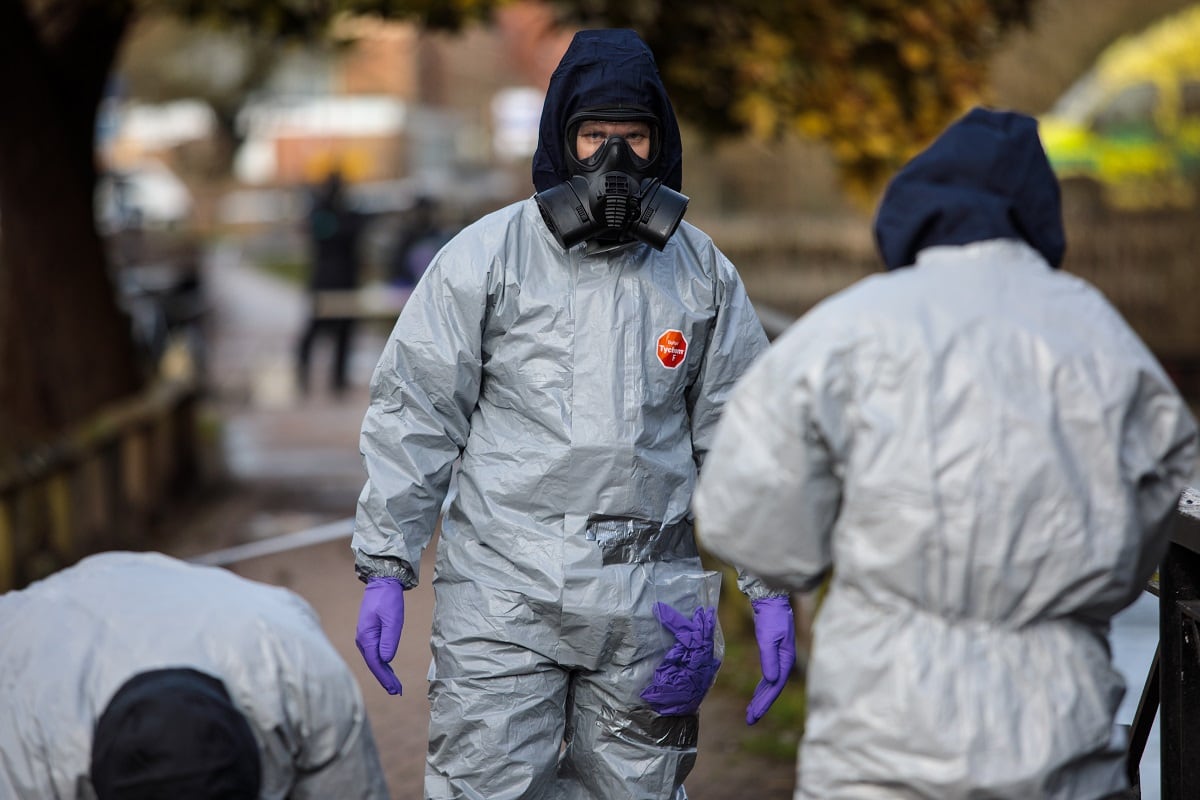WASHINGTON — In late 2015, the United Kingdom published its Strategic Defence and Security Review, or SDSR, a major document designed to lay out how the country plans to invest funds and posture its defense strategy for the next five years.
Two years later, British officials were forced to launch a smaller look at their defense spending plans to see what needed to be altered following Britain’s vote to leave the European Union, a decrease in the pound’s value, perceived aggression from Russia and a growing cybersecurity challenge.
Which raises the question: Is the SDSR format still relevant in an era when geopolitics and technological developments both seem to move at high speed?
“That’s a really good question,” said Stephen Lovegrove, who as permanent secretary of the Ministry of Defence serves as the top civil servant in the ministry.
In an exclusive interview with Defense News, both Lovegrove and Gen. Gordon Messenger, vice chief of the Defence Staff, expressed a belief that the SDSR process needs to be reconsidered, as it is no longer realistic to expect one plan can last five years.
“I am of the view that we need to take a look at that,” Messenger said. “The world is moving at a pace that doesn’t necessarily lend itself to regular five-year reviews.”
But that doesn’t mean things will be changing anytime soon, with Messenger cautioning that “it’s definitely something that we are going to need to do, but we haven’t really thought about how to do that.” He then added that such a decision would have to come from the government’s national security team at the Cabinet level.
RELATED

Asked if a year-by-year review is the way to go, Lovegrove laughed and said: “I think we’d all probably go mad.” Instead, he pointed to the Trump administration’s recently completed National Defense Strategy as a potential model, which allows for long-term, big-picture planning with room to tinker with the details.
“The kind of direction we’re talking about here would certainly give greater priority and precedence to modularity, where you can sort of dial things up and dial things down a little bit, trying to squeeze the time from development through to actual deployment; all of those things are parts of this,” Lovegrove noted.
Aside from the most recent defense review, the U.K. has been trying to play around the edges of the SDSR. Most recently, the government announced a new investment of £48 million (U.S. $68 million) for a new chemical weapons defense center, following the March 4 use of a nerve agent against a former spy and his daughter in Salisbury — an attack the U.K. and its NATO allies have said was organized by Moscow.
Aaron Mehta was deputy editor and senior Pentagon correspondent for Defense News, covering policy, strategy and acquisition at the highest levels of the Defense Department and its international partners.








